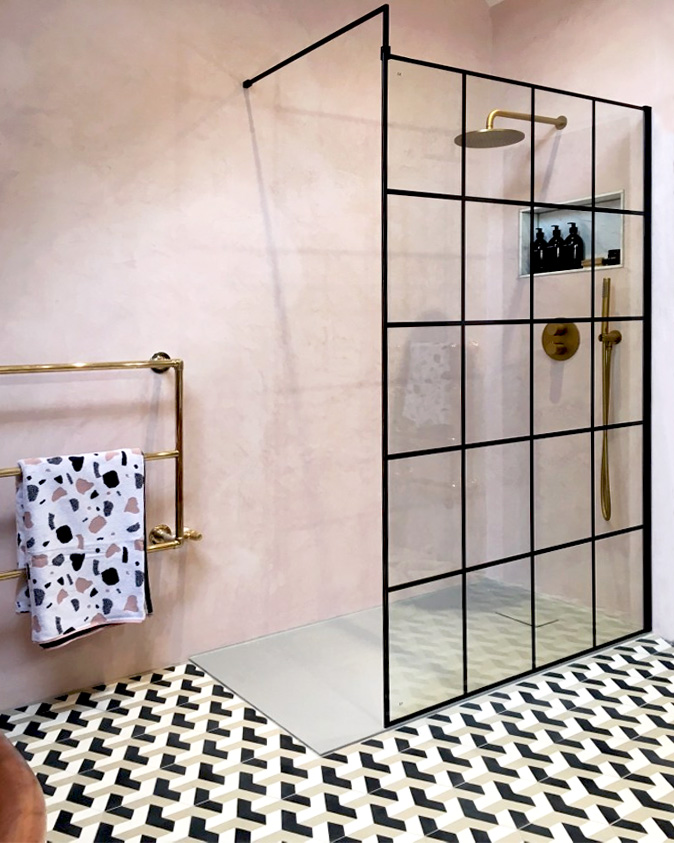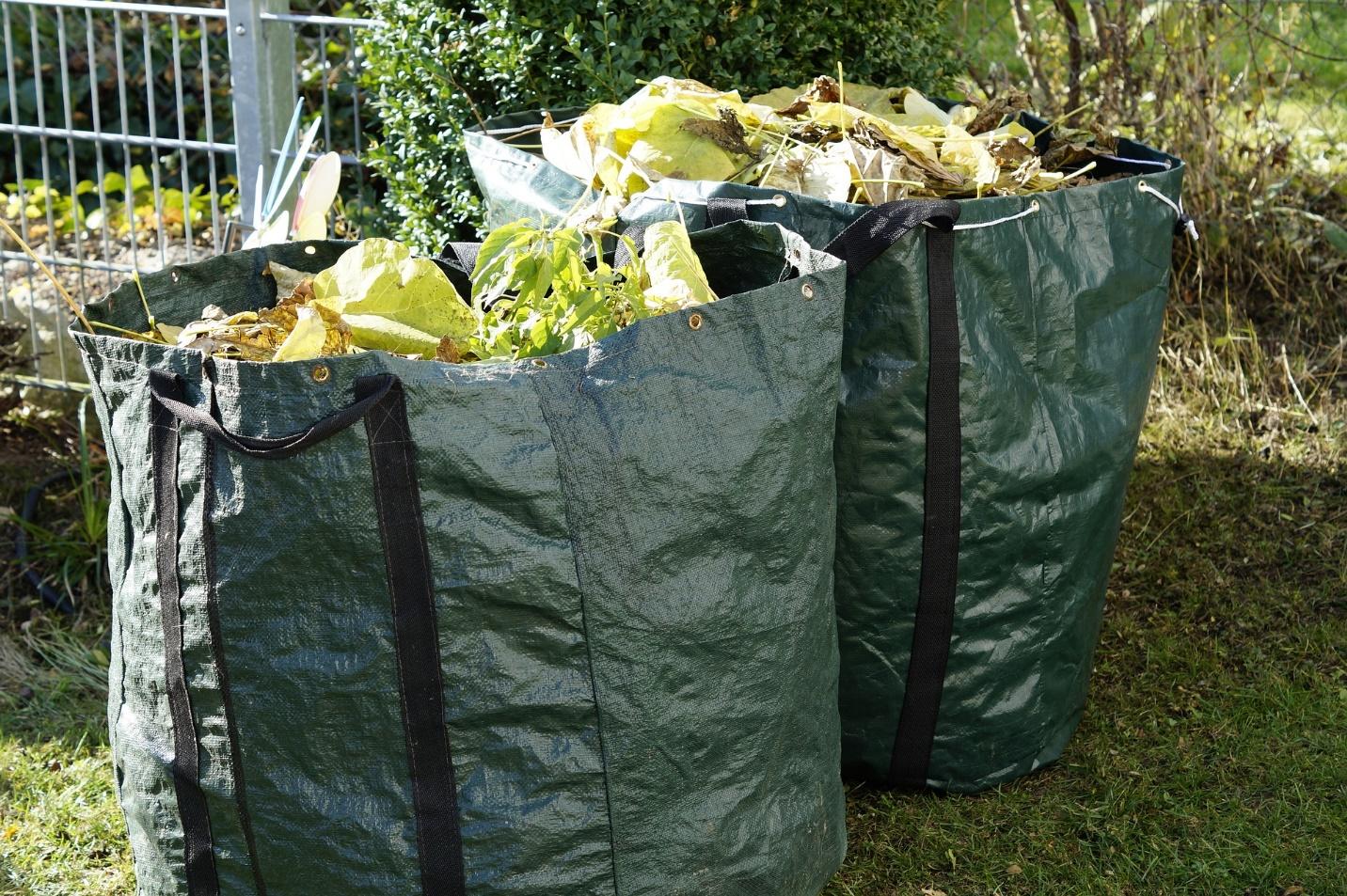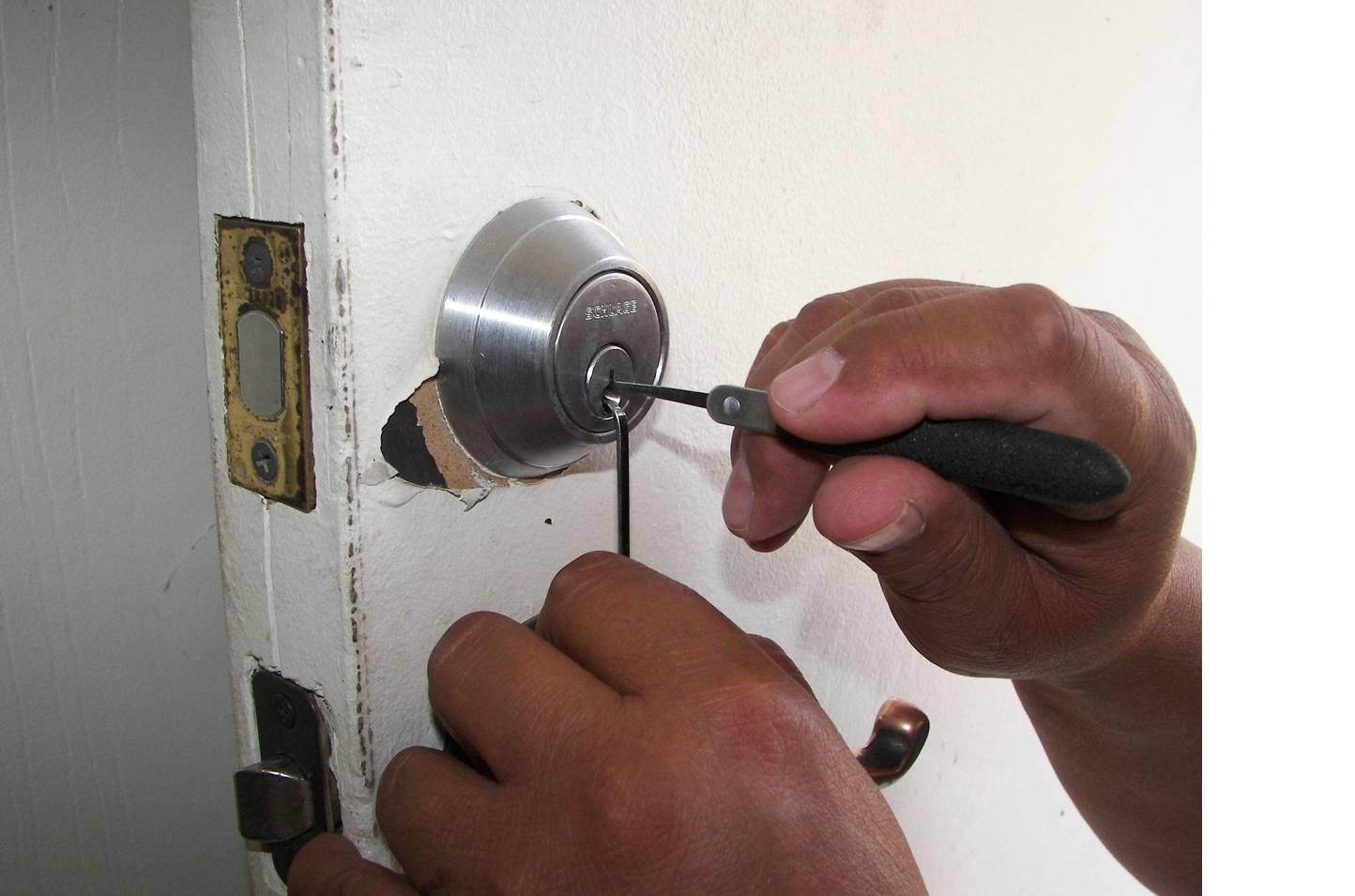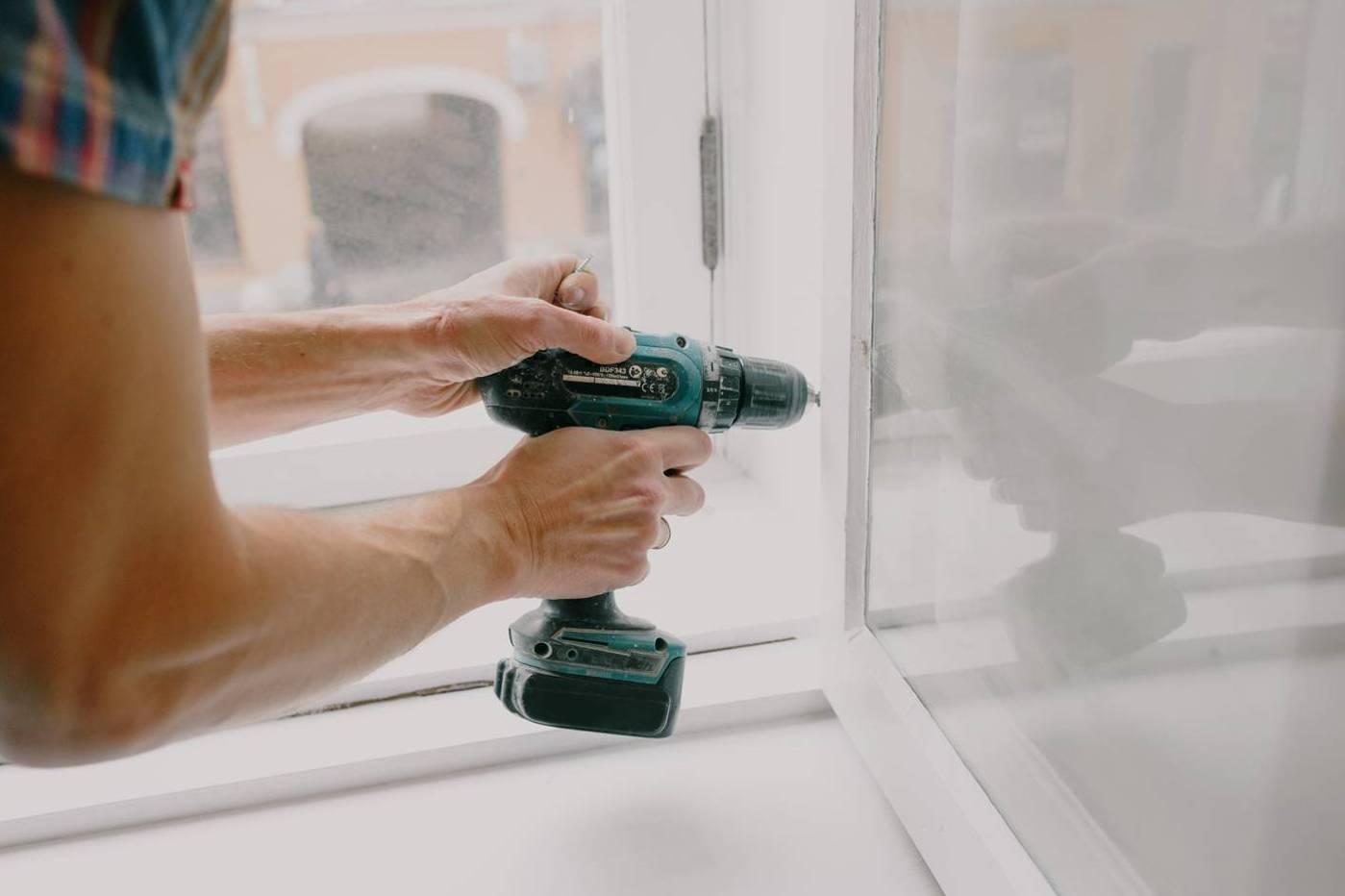What is Microcement and Where to Use It?

Table of Contents
Microcement is a material that is gaining popularity in modern interior design. Its versatility and elegant appearance make it an increasingly popular choice in both homes and commercial spaces. In this article, we’ll take a closer look at what microcement is, what properties it has, and point out where it can be used to create unique and functional spaces.
What is microcement?
Microcement, also known as microbeton, is a finishing material that combines the properties of traditional cement with additional components such as polymers and resins. This mixture results in a product with exceptional flexibility, strength and an elegant appearance.
Microcement derives from traditional floor and wall finishing technologies, but has been improved and adapted to modern needs and requirements. Its relatively recent appearance on the market has made it one of the most innovative and versatile finishing materials.
Properties of microcement
Microcement as a finishing material is gaining popularity mainly due to its unique properties. Here are some of them:
- Durability: Microcement is extremely resistant to abrasion and mechanical damage, making it an ideal choice for high-traffic areas such as hallways and commercial spaces.
- Damage resistance: Its special structure provides resistance to cracking and damage, extending the life of the finish.
- Waterproof: It is a waterproof material, making it ideal for bathrooms, kitchens or terraces.
- Hypoallergenic: Microcement does not absorb dust, mold or allergens, making it an excellent choice for people with allergies.
- Aesthetics: Available in a wide range of colors and various finish effects, it allows the creation of unique and visually appealing surfaces.
- Flexibility: Its flexible nature allows it to conform to almost any surface, including stairs or ceilings, without the risk of cracking.
- Ease of maintenance: Microcement’s smooth and joint-free structure makes it easy to keep clean, which is especially important in areas such as kitchens and bathrooms.
- Versatility: Microcement can be used virtually anywhere – from floors to walls to furniture and decorative elements. This gives a huge scope for design and interior arrangement.
Microcement applications in various rooms and surfaces
Microcement, thanks to its versatility and variety of properties, is used in various places in the home and public spaces. It works well not only as a finish for walls or floors, but also in custom projects such as furniture or terraces. Here are some of the most popular applications for microcement:
Walls and Ceilings
Microcement is an excellent material for walls and ceilings, including in bathrooms, living rooms, bedrooms or office spaces. Its properties make it suitable for a variety of interior styles and can create a cohesive look between different surfaces.
Floors
Microcement for floors can be used in high-traffic areas such as living rooms, corridors or public spaces, but also in bathrooms or kitchens, among others. This solution combines durability and aesthetics to meet various user requirements.
Furniture
Finishing furniture with microcement is an increasingly common choice in public places, such as tables in restaurants, but also in homes, on shelves in bathrooms or garden furniture. Microcement adds a unique character and elegance to furniture.
Terraces
Microcement on terraces, both private and public, is becoming increasingly popular. Its durability and water resistance make it a material perfectly suited for exposure to the elements.
Wetrooms
Microcement finds ideal use in wet rooms, such as bathrooms and kitchens. Its water resistance makes it an excellent material for finishing countertops, floors and walls. Whether in the shower or around the sink in the kitchen, microcement provides not only practicality and durability, but also exceptional aesthetics.
Microcement and interior styles
Microcement is a versatile material not only in terms of applications, but also in terms of style. Thanks to its flexibility and wide range of colors and finishing effects, it fits perfectly into a variety of interior styles.
- Industrial Style: The raw, slightly cool look of microcement blends perfectly with the metal and concrete elements characteristic of the industrial style.
- Minimalist Style: The simplicity and subtlety of microcement make it a perfect fit with the clean lines and economy of form that are the hallmark of minimalist style.
- Scandinavian Style: With its bright hues and natural appearance, microcement is often chosen for Scandinavian-style interiors, where simplicity, functionality and closeness to nature are important.
- Boho Style: The distinctive colors and unusual finishing effects of microcement make it possible to create unique boho style interiors, where individuality and creativity count.
- Loft Style: Microcement finds itself perfectly in loft spaces, where rawness and authenticity of materials are key. Its slightly industrial character goes well with exposed bricks and metal elements.
Learn more about microcement: www.festfloor.com






